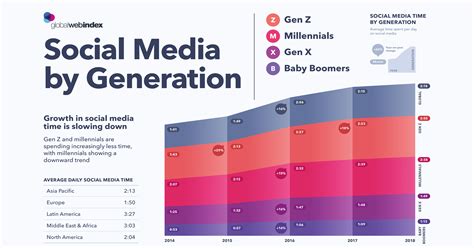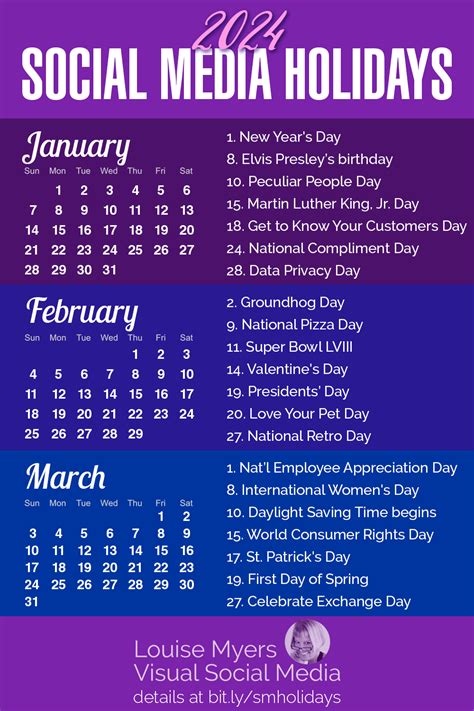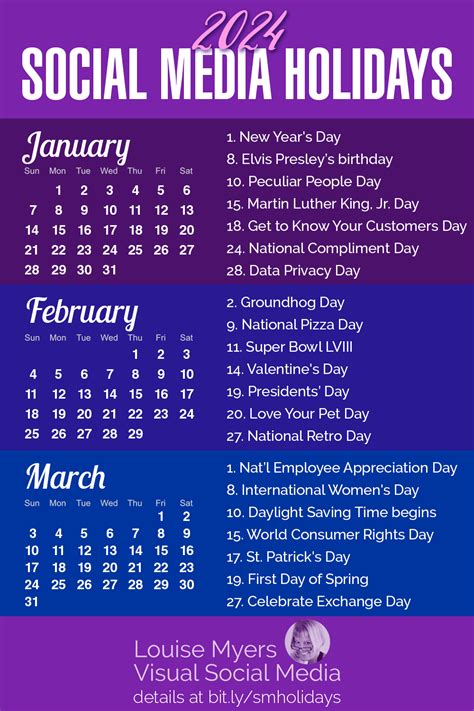Stay ahead in 2024 with AI targeting, video content, virtual influencers, AR/VR integration, and emphasis on authenticity and transparency in social media advertising. Keep up!In the fast-paced world of social media, advertising trends are constantly evolving. As we look ahead to the year 2024, it’s clear that the landscape of social media advertising will continue to undergo significant changes. From the rise of AI-powered targeting to the emergence of virtual influencers, the industry is poised to undergo a major transformation. In this blog post, we will explore the key trends shaping the evolution of social media advertising in 2024. We will delve into the shift towards video content, the integration of AR and VR, and the growing importance of authenticity and transparency. Join us as we examine the future of social media advertising and the impact it will have on businesses and consumers alike.
Rise of AI-Powered Targeting
Social media advertising has been revolutionized by the rise of AI-powered targeting in recent years. With the advancement of machine learning and data analytics, businesses are able to target their audiences with unprecedented precision and efficiency. Through the use of sophisticated algorithms, AI-powered targeting enables marketers to analyze user data and behavior, allowing them to create highly personalized and targeted advertising campaigns.
One of the key advantages of AI-powered targeting is its ability to optimize ad placement and delivery in real-time. This means that businesses can minimize wasted ad spend and maximize the impact of their campaigns by reaching the right audience at the right time. By leveraging AI, marketers can also gain valuable insights into consumer preferences and behavior, allowing them to tailor their messaging and content to better resonate with their target audience.
Furthermore, the use of AI-powered targeting has also enabled businesses to tap into the power of predictive analytics. By leveraging data and machine learning, marketers can make more informed decisions about their advertising strategies, leading to higher conversion rates and ROI. This level of precision and prediction was previously unattainable, and has opened up new opportunities for businesses to connect with their audiences in meaningful ways.
In conclusion, the rise of AI-powered targeting has fundamentally transformed the landscape of social media advertising. As technology continues to advance, we can expect AI to play an even greater role in helping businesses effectively reach and engage their target audiences in the years to come.
Shift towards Video Content
In 2024, social media advertising is expected to undergo a significant transformation, particularly with regards to the type of content that will be most effective. One of the major shifts that we can anticipate is the rise in the usage of video content for advertising purposes. With the increasing popularity of platforms such as TikTok, Instagram Reels, and YouTube, it is clear that consumers are gravitating towards more visual and interactive forms of content. Consequently, brands will need to adapt to this trend and focus on creating compelling video advertisements that can capture the attention of their target audience.
Furthermore, the dominance of video content is also evident in the success of live streaming and video stories on various social media platforms. This type of content allows for real-time engagement with audiences and provides an authentic and immersive experience for viewers. As a result, we can expect to see an even greater emphasis on live video advertising and story-based marketing strategies in the coming years.
Moreover, the integration of video content with augmented reality (AR) and virtual reality (VR) technologies is poised to revolutionize social media advertising. Brands will have the opportunity to create interactive and immersive experiences for consumers, blurring the lines between entertainment and advertising. This shift towards video content represents a new era of storytelling and brand engagement, offering endless possibilities for creative and impactful advertising campaigns.
Emergence of Virtual Influencers
In the fast-paced world of social media advertising, virtual influencers have started to make a significant impact on the market. These virtual influencers, also known as computer-generated personalities, are created using artificial intelligence and CGI technology to engage with online audiences. The rise of virtual influencers is changing the dynamics of social media marketing, as they offer brands a new and innovative way to connect with consumers.
The year 2024 is expected to see a surge in the use of virtual influencers in advertising campaigns. Brands are increasingly turning to virtual influencers as a way to stand out in a crowded social media landscape. Virtual influencers offer a fresh and futuristic approach to marketing, allowing brands to tap into the latest technological advancements to reach their target audience.
The emergence of virtual influencers has the potential to revolutionize the way brands approach influencer marketing. With virtual influencers, brands have complete control over their image and messaging, allowing them to tailor their marketing strategies to better reflect their brand identity. This level of control and customization is unparalleled in traditional influencer marketing, and is a key factor in the increasing popularity of virtual influencers.
| Benefits of Virtual Influencers |
|---|
|
As technology continues to advance, virtual influencers are likely to become even more sophisticated, with the potential to interact with audiences in ways that were previously unimaginable. This evolution in virtual influencer technology will undoubtedly shape the future of social media advertising, making virtual influencers an essential element of any brand’s marketing strategy in the years to come.
Integration of AR and VR
In 2024, social media advertising will undergo a revolutionary transformation with the integration of AR and VR. Brands will be able to create immersive experiences for their audiences through the use of augmented reality (AR) and virtual reality (VR) technologies. This will enable them to engage users in a more interactive and impactful way, thus increasing the efficacy of their advertising campaigns.
With AR and VR, brands will be able to transport users to virtual worlds where they can experience products and services in a whole new dimension. This will not only make advertising more entertaining and engaging, but also provide consumers with a more realistic understanding of the products being showcased. For example, a furniture company could use VR to allow potential customers to visualize how a new sofa would look in their living room, or a travel agency could use AR to give users a taste of their upcoming vacation destination.
Moreover, the integration of AR and VR will also provide brands with valuable data insights. By tracking users’ interactions within the virtual experiences, brands will be able to better understand user preferences and behaviors, leading to more targeted and personalized advertising strategies. Additionally, the use of AR and VR will open up new avenues for creative storytelling and brand narratives, as brands can leverage these technologies to create unique and memorable experiences for their audiences.
In conclusion, the integration of AR and VR in social media advertising will revolutionize the way brands interact with their audiences. It will not only make advertising more immersive and interactive, but also provide brands with valuable consumer insights and new opportunities for creative expression. As such, it is crucial for brands to start embracing AR and VR technologies in their advertising strategies to stay ahead in the competitive social media landscape of 2024.
Importance of Authenticity and Transparency
Social media advertising has seen a significant shift towards the importance of authenticity and transparency in recent years. As consumers become more cautious and discerning about the content they engage with, brands have had to adapt their advertising strategies to prioritize trust and credibility. In a sea of sponsored posts and influencer collaborations, it has become increasingly crucial for brands to be authentic in their messaging and transparent about their practices.
One way that brands have been incorporating authenticity and transparency into their social media advertising is by leveraging user-generated content. By featuring content created by real customers, brands are able to showcase their products in a more genuine and relatable light. This not only helps build trust with their audience, but also allows for a more authentic portrayal of their offerings.
In addition to user-generated content, brands are also focusing on transparency in their advertising by being upfront about their business practices. This includes being honest about product ingredients, manufacturing processes, and even the behind-the-scenes aspects of their operations. Consumers appreciate this level of transparency and are more likely to support brands that are open and honest about how they operate.
Overall, the importance of authenticity and transparency in social media advertising cannot be overstated. In a landscape that is becoming increasingly saturated with content, it is crucial for brands to focus on building trust and credibility with their audience. By prioritizing authenticity and transparency, brands can create more meaningful connections with consumers and establish themselves as trustworthy and reliable sources.
Frequently Asked Questions
What are the current trends in social media advertising for 2024?
The current trends include the rise of influencer marketing, the use of augmented reality in ads, and the increasing importance of video content.
How has social media advertising evolved over the years?
Social media advertising has evolved from simple text and image ads to more interactive and personalized content, as well as a shift towards mobile-first advertising and the use of data analytics for targeted ads.
What are the key challenges in social media advertising in 2024?
Some of the key challenges include ad fatigue among users, privacy concerns and regulations, as well as the increasing competition for user attention on social platforms.
What are the benefits of using social media advertising for businesses?
Some benefits include reaching a highly-targeted audience, the ability to track and measure the performance of ads in real-time, and the potential for viral reach and engagement.
How important is it for businesses to invest in social media advertising in 2024?
With the increasing amount of time spent on social media by users, investing in social media advertising has become crucial for businesses to stay competitive and reach their target audience effectively.
What role does artificial intelligence play in social media advertising?
AI is used to optimize ad targeting, personalize content, and automate ad bidding and placements to improve ad performance and ROI for businesses.
How can businesses stay ahead in social media advertising in 2024?
Businesses can stay ahead by staying updated on the latest trends and technologies, leveraging user-generated content, and focusing on creating authentic and engaging ads that resonate with their target audience.



